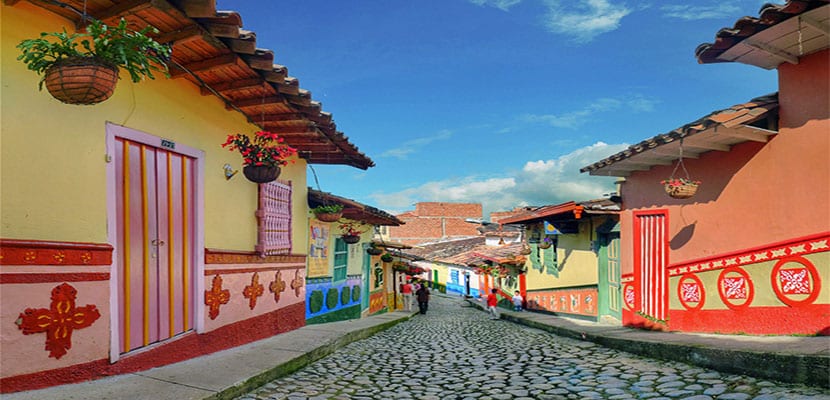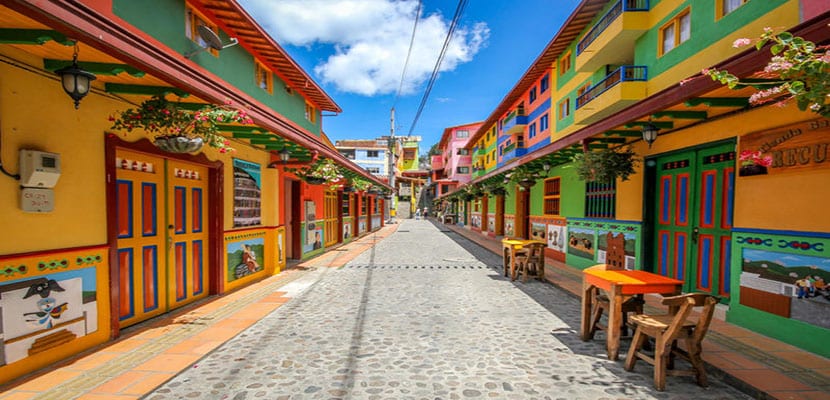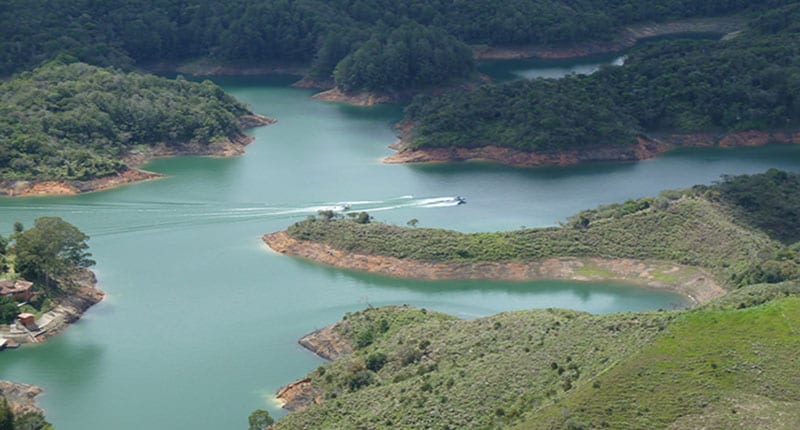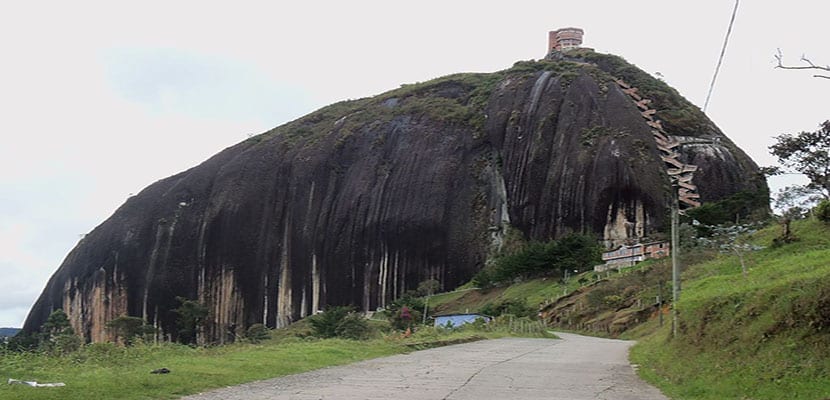
Image | Chivas Medellin
When the traveler lands in Guatapé, the first thing that surprises him is its color. Just two hours from Medellín, this Colombian town located in Antioquia is a little-known treasure for tourism.
Given its proximity, it is worth visiting this town as an excursion if you plan to spend a few days in Medellín. Either on your own or with an organized tour, Guatapé will attract your attention for its colorful buildings and baseboards, its emerald green lake and its spectacular 220-meter-high rock. Let's discover then, a little better, what this picturesque town of Antioquia is like.
Origin of Guatapé
Guatapé is located in the heart of the paisa land, a town that owes its name to a well-known indigenous leader at the time of the Spanish conquest. In the 1970s, he completely changed his way of life and went from being a basically agricultural, mining and livestock economy to dedicating himself to tourism, when a large hydroelectric complex was built to supply energy to the city of Medellín.
A good part of the town was flooded and as a souvenir, there is currently a street that recalls what a typical Guatapé road was like before the flood of 2.262 hectares, which make up a beautiful landscape in which huge lakes slip between the mountains.
What is Guatapé like?

Image | Elledecor
It is a very charming town that is known as "the town of the sockets" since the base of the houses have these elements as ornaments. They began to be built in the early years of the XNUMXth century and are so striking that they catch the eye.
The designs are very colorful and their themes varied. Some have geometric shapes, other plant and animal motifs, scenes from the daily life of the people and the family that inhabit the houses.
It is fascinating to walk through Guatapé and observe these details. Originally, it was the neighbors themselves who proposed to make these designs and put them on the facades of their homes, but today it is the artists of the region who take care of the task. In this way, new models can be found that relate the history of the indigenous peoples of the area and the colonization of Antioquia.
The town has a lot of color because, in addition to the baseboards, the windows, the doors and the balconies are painted in bright tones that convey a lot of joy to Guatapé. This type of decoration today covers the entire town and makes it one of a kind.
What can be done in Guatapé?

Image | Penol stone
There are many activities that can be done during the excursion to Guatapé. In the first place, a historical-cultural visit through the streets of the town to see its main square, the church of Guatapé, the community historical museum or the monastery of the Benedictine monks.
Second, as Guatapé is located on the shore of the reservoir, it offers many possibilities to practice various nautical and recreational activities in the open air. such as fishing, kayaking, biking, jetskiing, horse riding, reservoir cruise, or zip-lining.
Third, given that so much sport whets your appetite, it is best to go to a restaurant in Guatapé to get to know the best of Antioquia's gastronomy. In Guatapé you will find the typical Paisa dishes and the traditional dishes of the place such as trout. Do not hesitate to consult the waiters for their recommendations in case you do not know where to start.

Image | Flickr Chilangoco
Depending on how copious the food is, Maybe you have the strength left to pay a visit to El Peñol, an immense 220-meter-high rock from which you have impressive views of the Guatapé reservoir. There are many legends that have been told about its origin. Among them, one claimed that it was a meteorite. As a curiosity, it was in 1954 when the rock was climbed for the first time after five days of adventure.
The entrance to El Peñol costs 1.000 COP and to reach the top you have to climb 740 steps. At a good pace, the immense rock is crowned in about 15 minutes. The effort pays off because the panoramic views are spectacular.
Following the construction of this large hydroelectric dam, the area has become a very popular sports and leisure destination. It is planned that in the future, a modern cable car will allow the ascent to more people, even those who have a disability.
How to get to Guatapé?

The Rock of Guatapé
Medellín and Guatapé are perfectly connected by buses that leave the station every hour. The journey is made by several companies and the journey takes approximately two hours.
In case you want to return to Medellín on the same day with the last bus, it is advisable that you buy the ticket in advance since on weekends it is in high demand and returns full.